The air hums with a resonance that feels neither wholly of this world nor entirely beyond it. Religious music has long occupied this liminal space, vibrating between the earthly and the divine. From the echoing chants of Tibetan monks to the soaring gospel harmonies of Mississippi church choirs, sacred melodies have served as humanity's most persistent attempt to converse with the ineffable. These are not mere songs but sonic architectures—carefully constructed bridges between mortal longing and eternal mystery.
Consider the way Byzantine chant seems to suspend time itself. The ison drone anchors the melody like an umbilical tether to the divine, while the psalti's voice traces intricate patterns overhead like incense smoke curling toward heaven. This is music that doesn't merely describe transcendence but enacts it physically in the quivering of vocal cords and the resonance of stone walls. The faithful don't just hear these tones; they feel them in their sternums, a visceral reminder that the sacred always approaches through the body first.
In the echoing halls of Cologne Cathedral, something equally miraculous occurs when Bruckner's sacred motets cascade downward from the vaulted ceilings. The late-Romantic harmonies somehow make the gothic arches appear to stretch heavenward, as if the very stones were straining toward the divine. Here, music becomes the mortar between earthly architecture and celestial aspiration. The faithful who kneel beneath these tones aren't simply attending a performance—they're participating in an ancient alchemy that transforms sound into presence.
Yet sacred music thrives equally in humble settings. The raw, untrained voices of Appalachian shape-note singers achieve a different kind of transcendence. When "Sacred Harp" harmonies collide in those dissonant, open fifths, something primal emerges—a sound that feels less composed than unearthed, as if the singers stumbled upon some fundamental harmonic truth buried deep in the red clay. This is music that doesn't so much polish the soul as strip it bare, revealing the raw nerve of spiritual yearning.
The Islamic call to prayer distills this heavenly dialogue into its purest form. When the muezzin's cry pierces the pre-dawn darkness, the melody serves not as decoration but as divine mathematics—precise intervals that map the distance between human need and divine response. The microtonal inflections in the phrase "Allahu Akbar" contain whole universes of meaning, bending the very air into a conduit for sacred communication. This is music that doesn't entertain but transforms the entire soundscape into a mosque without walls.
Hindu bhajans reveal another facet of this musical bridge-building. The cyclical melodies and driving rhythms create a sonic current that carries participants toward the divine through sheer repetition. As the harmonium wheezes and the tabla pulses, the boundary between singer and song dissolves—the mantra becomes the mediator, the sound itself serving as the vehicle for crossing over. What begins as performance becomes participation, then ultimately possession, as the sacred invades the profane through the gateway of vibration.
Perhaps most remarkably, these sacred musical traditions—though separated by continents and centuries—share uncanny similarities. The pentatonic scales of Gregorian chant find unexpected echoes in the shakuhachi flute pieces of Zen Buddhist meditation. The ecstatic melismas of Qawwali singers mirror the florid improvisations of Jewish cantorial music. It's as if humanity, when attempting to address the divine, inevitably arrives at similar musical solutions—proof that the bridge between heaven and earth rests on universal acoustic principles.
Modern composers continue this ancient conversation. Arvo Pärt's tintinnabulation style, with its bell-like simplicity, creates aural spaces where silence speaks as loudly as sound. John Tavener's orthodox-inspired works stretch single syllables across vast harmonic landscapes, making time itself seem to bow before eternity. These contemporary sacred compositions prove that the hunger for divine connection through music remains undiminished, even in our secular age.
The power of religious music ultimately lies in its dual nature—it is both profoundly human and mysteriously beyond us. The same throat that produces casual speech can shape tones that seem to originate beyond the stars. The same hands that chop vegetables can draw bow across string and summon the numinous. In this alchemy of vibration and intention, heaven and earth achieve their most intimate embrace—not in abstract theology but in the physical reality of sound waves moving through air, through flesh, through time.
When the last Amen fades or the final Om dissolves into silence, what remains is more than memory. The body itself becomes the enduring note—the living resonance of that momentary bridge between realms. This is the true miracle of sacred music: it doesn't merely point toward the divine, but makes the divine momentarily audible, allowing heaven to dwell among us in the only language that needs no translation.

By /Aug 7, 2025

By /Aug 7, 2025
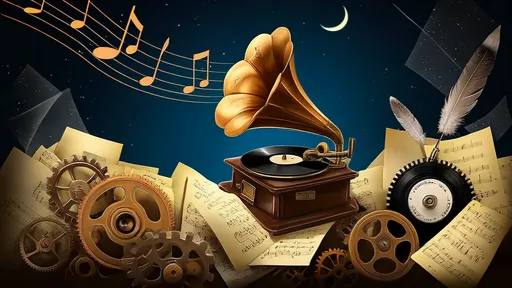
By /Aug 7, 2025
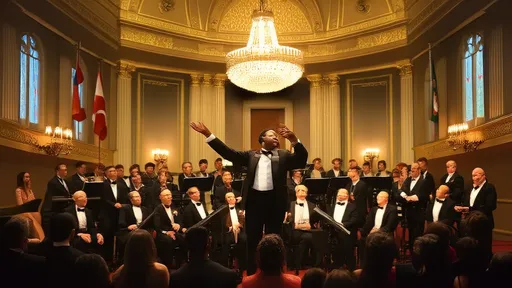
By /Aug 7, 2025

By /Aug 7, 2025
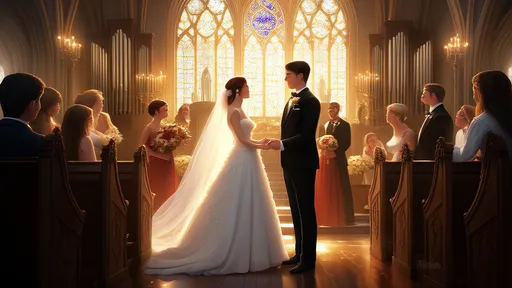
By /Aug 7, 2025
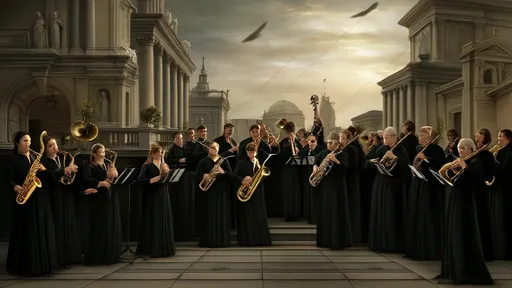
By /Aug 7, 2025
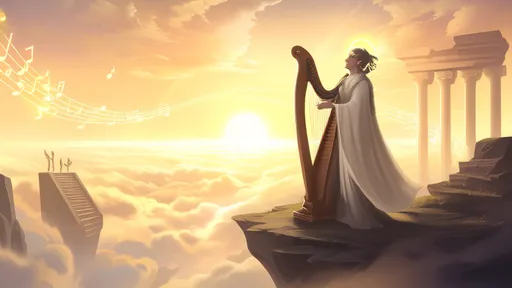
By /Aug 7, 2025
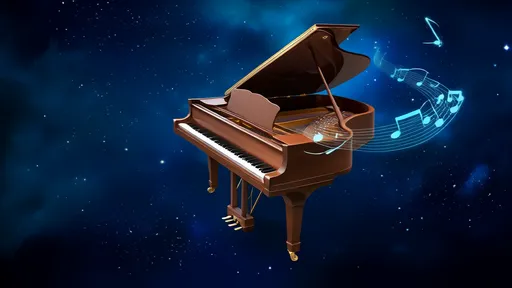
By /Aug 7, 2025
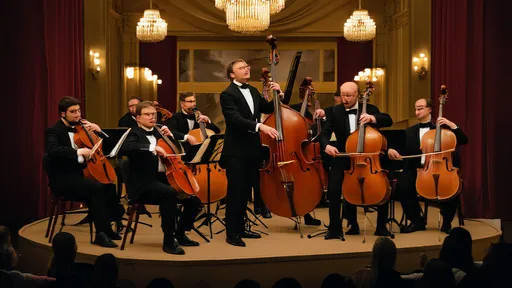
By /Aug 7, 2025

By /Aug 7, 2025

By /Aug 7, 2025

By /Aug 7, 2025

By /Aug 7, 2025
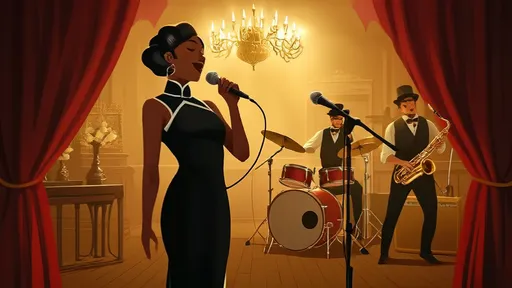
By /Aug 7, 2025
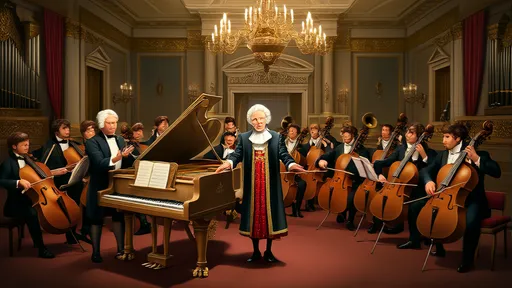
By /Aug 7, 2025
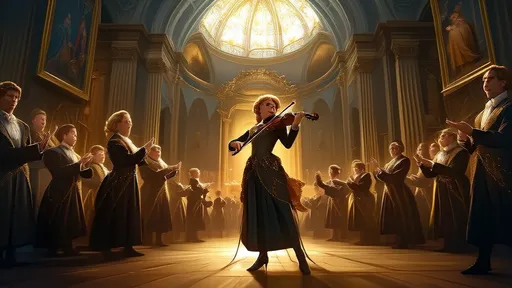
By /Aug 7, 2025

By /Aug 7, 2025
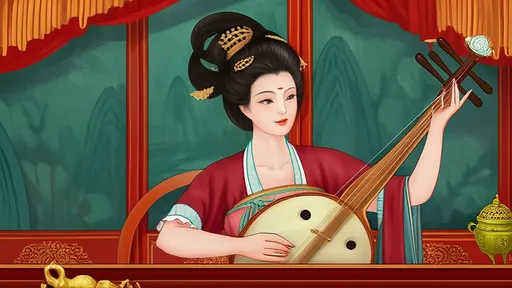
By /Aug 7, 2025
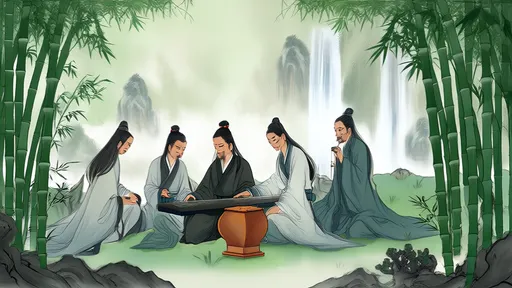
By /Aug 7, 2025